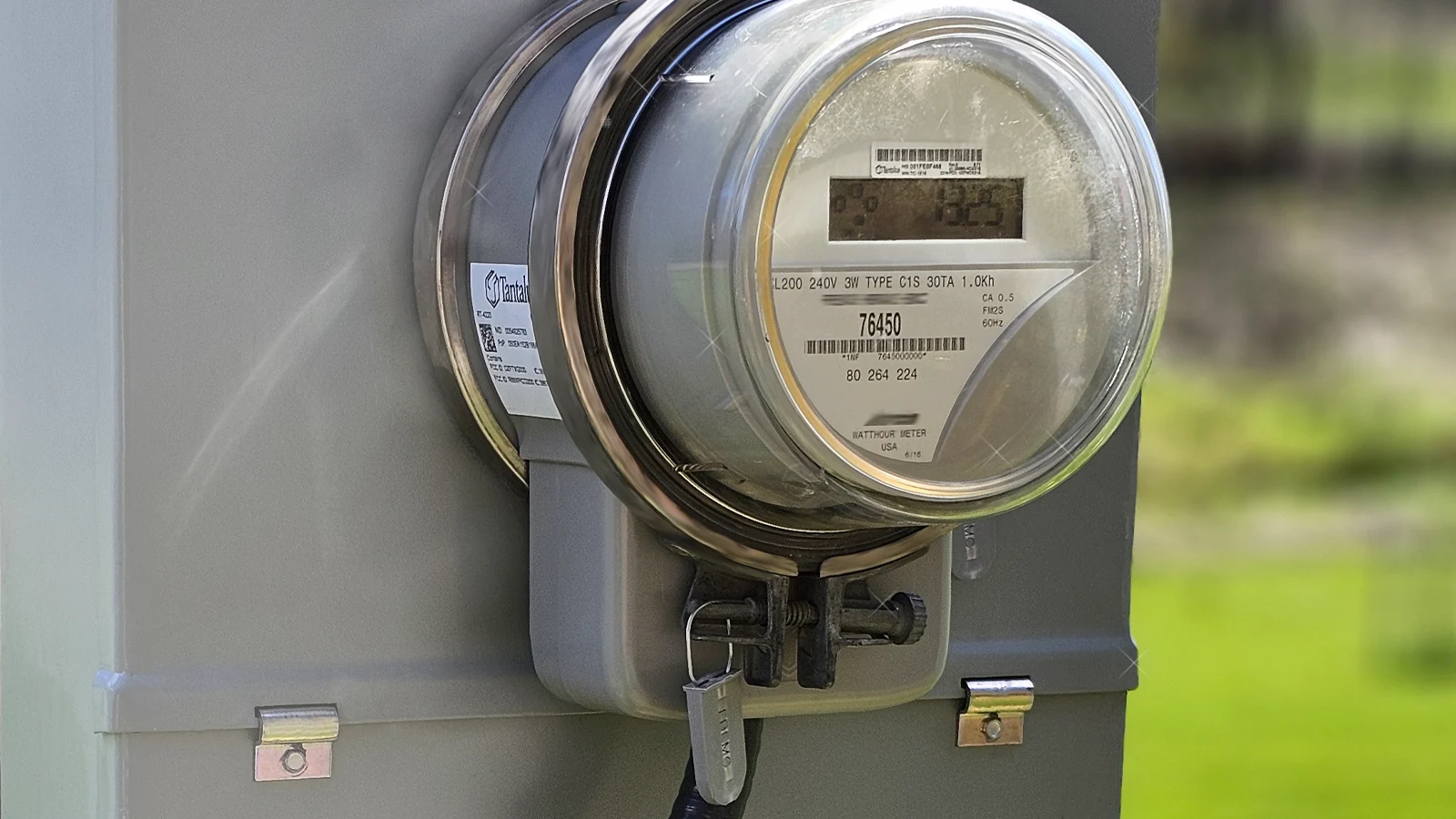Today’s utility industry is changing rapidly. Energy efficiency, renewable and distributed energy resources, new energy markets and high demand costs are putting great pressure on utilities to find ways to be sustainable.
A case in point: in 2016, MGM Resorts International announced it would no longer purchase electricity from Nevada Power, the Silver State’s largest utility. Instead, the casino conglomerate would purchase power on open wholesale markets to better capture the value that increased energy control and distributed resources offered. Despite an $87 million exit fee to Nevada One, MGM expects a payback within six to seven years, thanks to evolving consumer demands and new technical realities for the electric grid. In one fell swoop, a major utility lost nearly 5 percent of its annual sales due to changing market expectations.
In order to build a sustainable business model in a rapidly evolving landscape, utilities must embrace technology to enable a more open, digital distribution system. Technology for the modern utility will offer expanded grid infrastructure services, improved control to consumers, and a marketplace for forward-thinking, cost-effective solutions. Absent embracing new innovations and evolving customer expectations, old-thinking utilities expose themselves to a reduction in revenue to cover fixed costs as larger and wealthier customers move off-grid through the purchase and deployment of new, energy efficiency technology solutions.
Yet, how will traditional utilities select and invest in these innovations while faced with increasing fixed costs and the need to do more with less? To tap into emerging innovations, many utilities will need to turn to technological solutions that provide access to real-time data, flexibility and control, which empowers their core civic function of supplying critical energy resources to local customers. Utilities must offer increased functionality to customers by extending energy metering capabilities and real-time data analytics further along their value chain and closer to the consumer. Utilities will likely not build out these solutions themselves, and instead, seek to access a network of solution providers with proven products that utilities can deploy immediately, scale to their market and customize to their needs – just as telecommunication providers like Verizon and AT&T partner with technology providers like Apple and Samsung.
Next-generation advanced metering infrastructure (AMI) combining high data capacity, low latency and intelligent distributed computing endpoints deployed at the edge of a utility’s grid will become a necessary component for energy systems. As the utility industry moves away from limited one-way communication platforms or rudimentary two-way systems that centered on only accessing meter data, advanced communication platforms will enable the utility to access data and provide more granular control of connected devices deployed throughout the grid.
Technology can offer a utility – and their customers – insights into specific devices such as smart thermostats, electric vehicles or localized battery storage to make smarter decisions. The inclusion of customer engagement portals will enable a utility’s customers to see their energy usage and set customizable alerts. By tapping into both hardware and software at the utility and customer levels, these technologies can be layered on top of one another to create a strong and transparent network of how energy flows between the traditional electric grid and the growing ecosystem of distributed resources.
Beyond eliminating manual meter reads and disconnects, utilities and municipalities will be able to offer additional services to communities, such as networked LED streetlights or automated parking space monitoring. The advanced visibility and the overlaid controls provided to utilities will have major implications regarding how the grid is monitored and controlled.
As energy competition from distributed energy resources, reduced consumption and increasing peak demand rates impact a utility’s on-going sustainability, utilities must look toward the future and proactively leverage smart grid technologies to improve their overall efficiency, reliability and sustainability.




